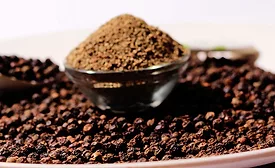Developing Thermal Control of Salmonella in Low-Moisture Foods Using Predictive Models
Salmonella is highly resistant to heat inactivation in low-moisture food systems, but pilot-scale thermal treatments show promise for combatting it
Read More
